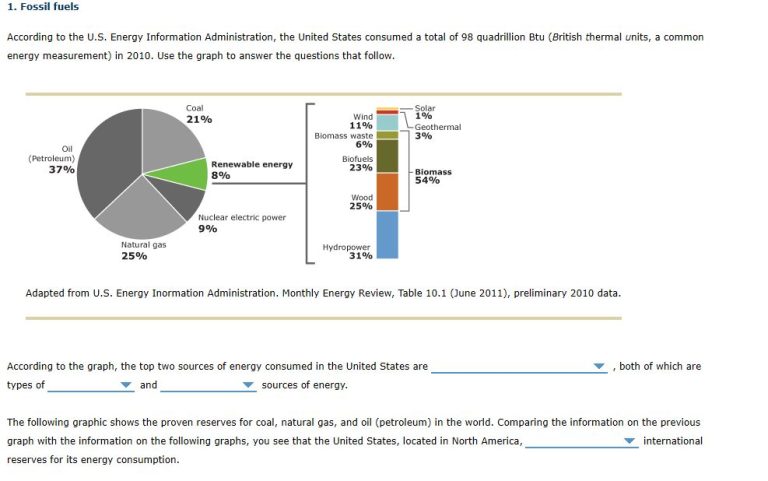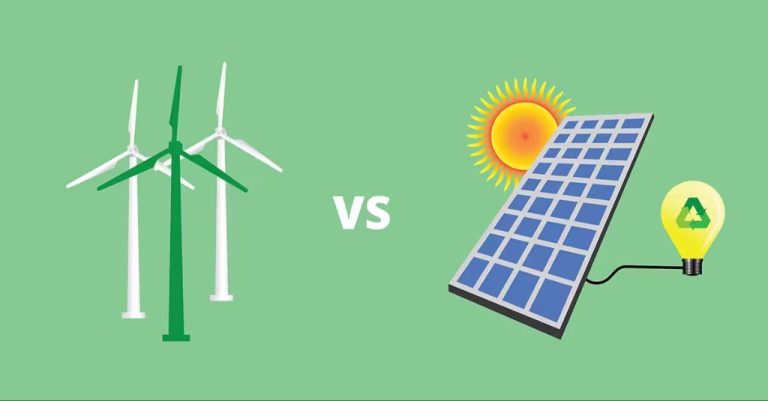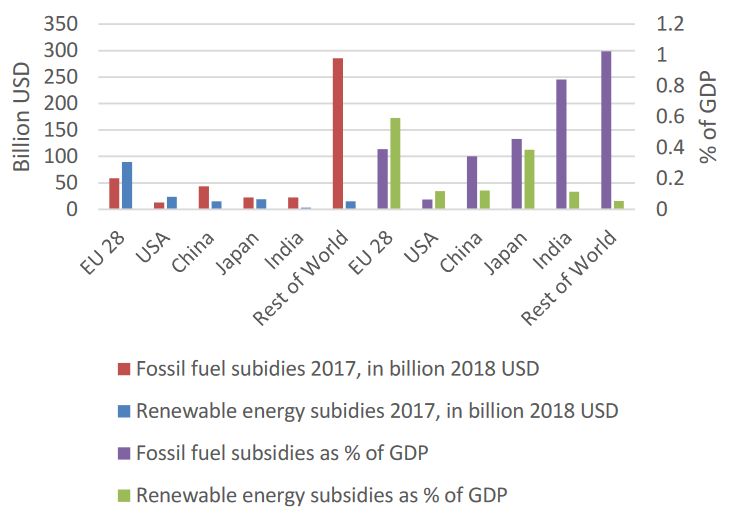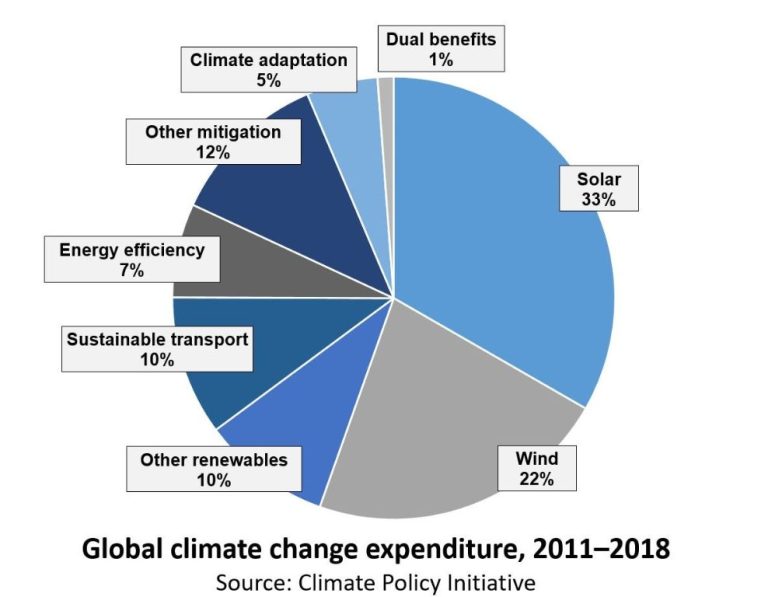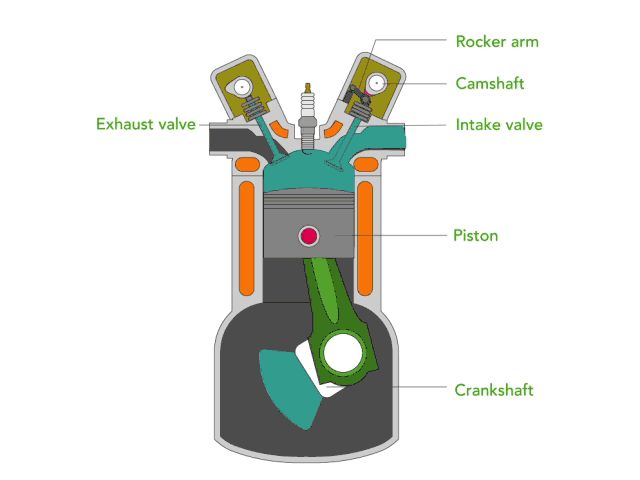How Do We Pay For Renewable Energy?
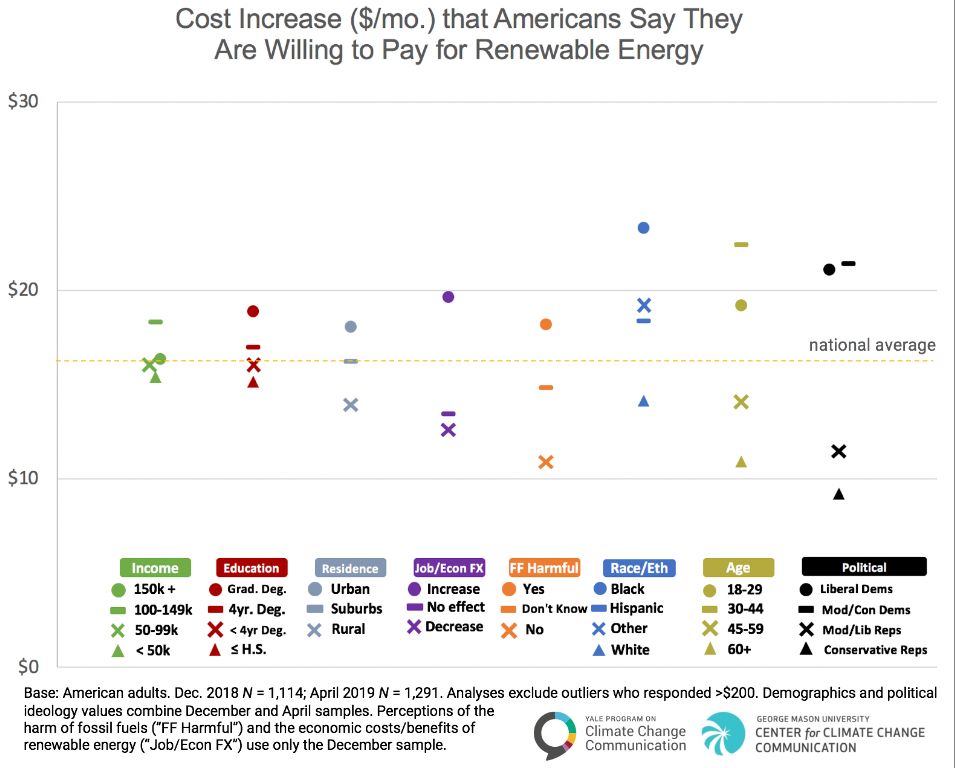
As climate change becomes an increasingly urgent issue, countries around the world are setting ambitious renewable energy goals and targets. Many governments aim to generate 50% or even 100% of their electricity from renewable sources like solar, wind, hydropower, geothermal and biomass by 2030 or 2050. This transition is well underway, but requires large investments and rapid scaling up of renewable capacity.
According to Visual Capitalist, as of 2022, the EU and 7 major member countries are on track to meet their 2030 renewable energy commitments. However, large emitters like China, India, Japan and Russia are falling short of their targets so far. The U.S. and Canada currently lack national renewable energy targets. Overall, at least 67 countries now have renewable energy policy targets.
Some of the leading countries on renewable energy include Denmark, Uruguay and Germany, which already produce 43-46% of their electricity from renewables. Costa Rica has run on 100% renewable energy for months at a time. China and India are top investors in new renewable capacity like solar and wind despite struggling to meet targets. Island nations like Jamaica and Fiji also aim to transition fully to renewables to reduce reliance on imported fossil fuels.
With both challenges and opportunities ahead, concerted efforts by governments, businesses and citizens are still needed to accelerate the transition to affordable, reliable and sustainable renewable energy worldwide.
High Upfront Costs
The upfront capital costs for building renewable energy like solar and wind are typically much higher than for fossil fuels like coal and natural gas. According to the EIA, the overnight capital costs for solar PV are between $1,000-1,700 per kW, while natural gas combined cycle plants range from $700-1,000 per kW (https://www.eia.gov/outlooks/aeo/pdf/electricity_generation.pdf). Wind turbines have overnight capital costs between $1,300-2,200 per kW. In comparison, coal plants range from $1,300-2,800 per kW. This means a new 100 MW solar farm would cost $100-170 million upfront, while a new 100 MW natural gas plant would cost $70-100 million.
While renewable costs are coming down, the high upfront expense remains a major barrier to widespread adoption and creates financing challenges. Most fossil fuel plants are built by large utilities and energy companies with access to capital, while renewable projects rely more on investors, loans and community funding. However, continued technological improvements and economies of scale are helping drive down these costs over time.
Government Subsidies
Government subsidies have played a major role in supporting the growth of renewable energy in the United States. According to the Energy Information Administration (EIA), nearly half of federal energy subsidies went to renewables in fiscal year 2022, totaling $15.6 billion – more than double the $7.4 billion provided in 2016.[1][2] These subsidies come in the form of tax credits, grants, loan guarantees, and other incentives.
Some of the main types of renewable energy subsidies include the production tax credit (PTC) and investment tax credit (ITC) for wind and solar projects, which give tax benefits based on energy generation or investment costs. There are also programs like the Section 1603 cash grant program and Department of Energy loan guarantee program.
Subsidies have allowed renewable energy sources to expand and become cost competitive with conventional sources. However, critics argue subsidies distort energy markets and favor politically-connected industries. There are also concerns subsidies make renewables overly reliant on government support.
Proponents believe subsidies are necessary to account for externalities like pollution and to allow emerging clean energy technologies to mature. They say phasing out subsidies for mature industries could make sense, while maintaining support for innovative technologies not yet cost-competitive.
Carbon Pricing
Carbon pricing refers to initiatives that put an explicit price on greenhouse gas (GHG) emissions, typically in the form of a carbon tax or a cap-and-trade system (World Bank, 2022). The goal is to incentivize companies and consumers to reduce emissions by making polluting more expensive.
A carbon tax directly sets a price per ton on carbon dioxide or other GHG emissions. The tax rate starts low but increases over time to drive down emissions. Companies factor the tax into production costs, raising prices of carbon-intensive products. Consumers and businesses then seek low-carbon options. Examples of carbon pricing include taxes implemented in Sweden, Canada, and Singapore.
With cap-and-trade, regulators set an emissions “cap” that declines over time. Companies receive or buy emission permits, and can trade permits on an open market. The emissions limit and trading create financial incentives to cut pollution. The European Union Emissions Trading System is the world’s largest cap-and-trade system (World Bank, 2022).
According to the IMF, over 60 carbon pricing initiatives have been implemented globally, covering about 22% of global emissions. While carbon pricing alone cannot drive the transition to net zero, it is an important policy tool to cost-effectively reduce emissions across sectors (IMF, 2021).
Consumer Costs
The cost of electricity for consumers has been on the rise in recent years. According to the U.S. Energy Information Administration, the average price per kWh for residential electricity has increased at a rate of around 2-3% annually over the past 5-10 years across the United States. In areas with a high penetration of renewables like solar and wind, electricity prices have not risen significantly faster than the national average.
There are several reasons why the cost for consumers has gone up in recent years. Upgrading infrastructure, demand growth, inflationary pressures, and changes to utility business models have all contributed. The addition of renewables to the grid also comes with integration costs, though these are usually spread across all ratepayers. According to the U.S. Department of Energy, renewable energy integration costs are estimated at $0.33 – $2.16 per MWh on average based on current grid conditions.
Studies have shown that renewables like wind and solar can put downward pressure on wholesale electricity prices due to having low operating costs. However, the high upfront capital costs of building new renewable generation can also put upward pressure on electricity prices initially. The impact on consumers depends on factors like the rate structure and how utilities choose to recover costs. Overall, renewables have not caused significant retail electricity price increases compared to other grid expenditures.
Private Investment
A major source of funding for renewable energy comes from large corporations buying clean power directly. Technology companies like Amazon, Meta, Google and Microsoft are leading the way, accounting for over 8 GW of clean energy purchases in the US in 2021 Tech Firms Seal US Dominance in Corporate Clean Power Purchasing. Amazon is the largest corporate buyer of renewable energy globally, targeting 100% renewable energy by 2025 Amazon, Meta and Google buy more clean energy than any other companies. Besides tech giants, top energy companies like NextEra Energy, Brookfield Renewable and Ørsted are major investors in building new renewable energy projects.
Community/Distributed Ownership
Community and distributed renewable energy projects are growing as a way to increase access to clean energy. Community solar projects allow members of a community to share the costs and benefits of a local solar array, even if they can’t install panels on their own property (1). According to the Solar Energy Industries Association, community solar capacity is expected to increase from 2.1 gigawatts in 2020 to 11 gigawatts by 2025 (2).
Community solar expands renewable energy access to renters, low-income households, and others who can’t install rooftop solar. Participants subscribe to a portion of the community solar project and receive credits on their electricity bills based on the energy produced. This makes adopting solar power more affordable and inclusive (3).
Microgrids are local energy systems that can disconnect from the traditional grid and operate autonomously. Microgrids increase community energy resilience and independence. During power outages caused by storms or grid failures, a renewable microgrid can continue supplying electricity to critical facilities like hospitals, shelters, and community centers (4).
Sources:
(1) https://www.cnet.com/home/energy-and-utilities/community-solar-is-growing-to-fill-the-gaps-in-clean-energy/
(2) https://www.seia.org/initiatives/community-solar
(3) https://www.nrel.gov/state-local-tribal/community-solar.html
(4) https://www.energy.gov/oe/activities/technology-development/grid-modernization-and-smart-grid/role-microgrids-helping
Grid Integration Costs
Integrating large amounts of renewable energy into the electrical grid requires major upgrades and expansions to transmission infrastructure. Long distance, high-voltage transmission lines are needed to transport wind and solar power from remote generation sites to population centers. According to Business Insider, grid upgrades through 2035 are estimated to cost over $2.5 trillion in the U.S. alone (source).
Upgrading transmission lines is a key part of these costs. New high-voltage direct current (HVDC) lines can efficiently carry renewable power for hundreds of miles with minimal losses. However, they are expensive to build. Permits, land acquisition, materials, and construction can cost $1-5 million per mile for overhead HVDC lines. Underground HVDC lines cost 5-10 times more. Expanding the grid’s high-voltage backbone will require substantial investment measured in the hundreds of billions. But it is essential for taking full advantage of the renewable resources available.
Storage Costs
The high cost of batteries has been a major barrier to large-scale renewable energy growth. However, battery costs have declined nearly 90% in the last decade according to a recent NREL report. The average price for lithium-ion batteries was $132 per kWh in 2021, down from nearly $1,200 per kWh in 2010, as cited by industry analysis from BloombergNEF.
With rapidly declining battery prices, energy storage is becoming a more viable solution to enable higher penetration of renewables on the grid. Utility-scale battery storage provides grid balancing services to smooth out the intermittent supply from wind and solar generation. By 2030, battery storage costs are projected to be half of today’s costs, making storage one of the most cost-effective sources of grid flexibility.
Several recent large-scale projects demonstrate the increasing affordability of batteries. In 2021, 8.5 gigawatts of new battery storage capacity was announced globally, up from just 0.5 gigawatts in 2016, according to Wood Mackenzie data. As further cost reductions occur, energy storage will be critical for managing a renewables-dominated grid.
Conclusion
In summary, transitioning to renewable energy on a large scale requires substantial upfront investment. While costs have fallen dramatically for wind, solar, and other renewables, significant financial resources are still needed to build out renewable generation capacity and supporting infrastructure like transmission lines and energy storage. Government incentives and private investment help bridge the cost gap, but challenges remain in fully integrating intermittent renewables into electric grids.
Outlook for renewables remains very positive, with projections for strong continued growth globally. As more capacity comes online, costs should continue to fall through economies of scale and technology improvements. Key policy recommendations include: phasing out fossil fuel subsidies, implementing carbon pricing to account for externalities, supporting R&D for next-generation renewable technologies and storage solutions, and updating grid management and transmission infrastructure to handle higher renewable penetration.
With wise policies and sustained investment, renewable energy can cost-effectively provide the majority of our electricity needs within the next few decades while drastically reducing carbon emissions and air pollution. Realizing this clean energy future will require overcoming political and economic inertia, but the environmental and health benefits make it imperative for governments and businesses to prioritize the renewable energy transition.

